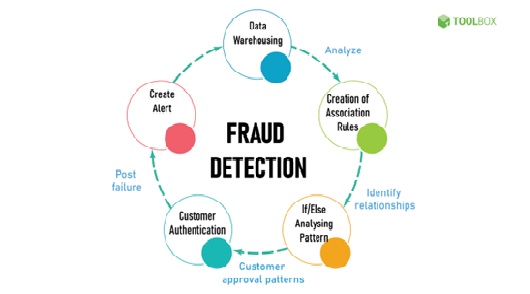Data as a Service- Data Exchange in Marketplaces
You must have seen websites embedding Covid-19 data to show the number of cases in a region or the number of deaths, etc. This data is provided by other companies that offer data as a service. This data can be used by enterprises as a part of their business processes. [1]
Data as a Service (DaaS) refers to the delivery of data on-demand to users over the internet. It allows organizations to access and utilize data without having to invest in building and maintaining their own data infrastructure. DaaS providers collect, process, and deliver data to customers in a consumable format.

Figure 1. Data.
Figure 1 shows data. In the context of data exchange in marketplaces, DaaS enables the buying and selling of data between different parties. Marketplaces serve as platforms where data providers and data consumers can interact, negotiate terms, and exchange data sets.
Here's how the data exchange process typically works in marketplaces:
Marketplace Creation: A marketplace platform is established, either by a third-party organization or as an internal initiative within a company. The marketplace defines the rules, terms, and conditions for data exchange.
Data Provider Registration: Organizations or individuals interested in selling their data register as data providers on the marketplace. They provide details about the types of data they have, the quality of data, and the pricing structure they expect.
Data Consumer Registration: Potential buyers interested in accessing specific types of data register as data consumers on the marketplace. They specify their requirements, use cases, and budget constraints.
Data Listings: Data providers create listings for their available data sets, including descriptions, metadata, pricing, and any usage restrictions. These listings are published on the marketplace for potential buyers to browse.
Search and Discovery: Data consumers search the marketplace for relevant data sets based on their needs. They can filter and compare different listings to find the most suitable options.
Negotiation and Purchase: Once a data consumer identifies a desired data set, they can initiate negotiations with the data provider. Pricing, licensing terms, data access methods, and any data usage restrictions are discussed and agreed upon. If both parties reach an agreement, the data is purchased.
Data Delivery: The data provider delivers the purchased data to the consumer through the marketplace's infrastructure. This may involve secure file transfer, API access, or other agreed-upon methods.
Payment and Compensation: The marketplace handles the financial transactions between the data provider and consumer. Payments may be processed through the platform, and the marketplace may retain a commission or fee for facilitating the transaction.
Data Usage and Compliance: Data consumers utilize the acquired data for their intended purposes while complying with any usage restrictions or legal requirements imposed by the data provider. This may include adhering to privacy regulations and data protection standards.
Feedback and Rating: After the data exchange, both parties may provide feedback and ratings on their experience with the marketplace, the data provider, or the data consumer. This feedback helps maintain the reputation and quality of the marketplace and improves transparency for future interactions.
Marketplaces that facilitate data exchange operate as intermediaries, connecting data providers with data consumers. They streamline the process of data discovery, negotiation, and delivery, providing a convenient platform for organizations to acquire valuable data assets without extensive investments in data collection and management infrastructure.
References:
- https://www.datatobiz.com/blog/top-data-science-trends/
Cite this article:
Hana M (2023), Data as a Service- Data Exchange in Marketplaces, AnaTechMaz, pp.83















